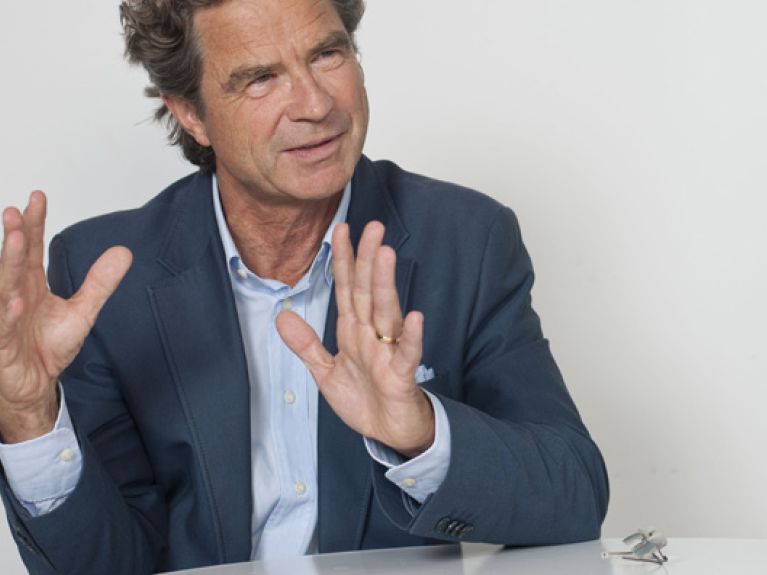A reverse trend
The desire for manufactory products is growing, says author Florian Langenscheidt.

In his book “Handgemacht” (Handmade), author and publisher Florian Langenscheidt presents a series of portraits of “Germany’s finest manufactories”.
In our globalized world, isn’t the manufactory an anachronism – nothing more than a projection of hopeless nostalgics’ longing?
Absolutely not! Like any trend, globalization begets a reverse trend. Today, mass-produced goods are available anytime, anywhere. Among consumers, there is a growing desire for unique and genuine products. A globalized world doesn’t mean the end of manufactories – it’s the reason for their noticeable comeback.
As an industrial nation, Germany is hardly the place one would associate with this sort of small-scale production. How important are manufactories in high-tech Germany?
In fact, the country boasts a very vibrant manufactories landscape. Alongside the venerable old firms, exciting new manufactories are emerging. Together, they are rebranding the German product tag – from “Made in Germany” to “Handmade in Germany”. That’s an economic factor that should not be underestimated given the global demand for such products.
Is handmade always better?
We can assume so. Most manufactory goods are high-quality, elaborately crafted products whose manufacture requires more time and care.
How important is a company’s own story?
Company history is part of a brand’s core identity. It gives a company’s products a distinctive quality and makes consumers well-disposed towards and inclined to identify with them.
